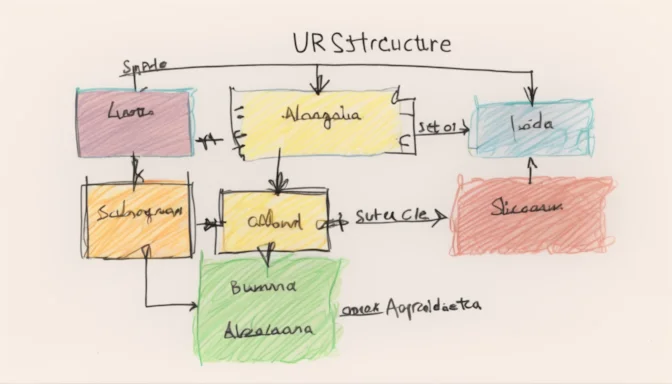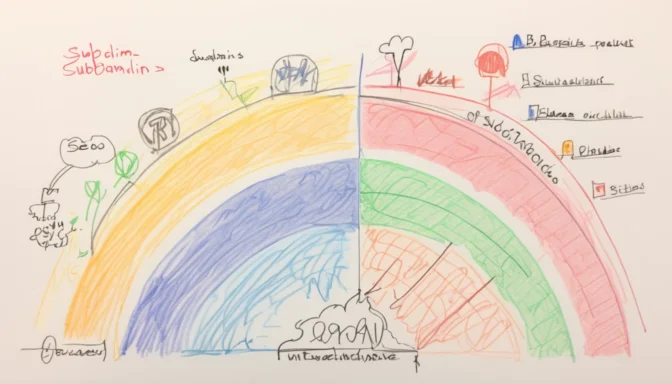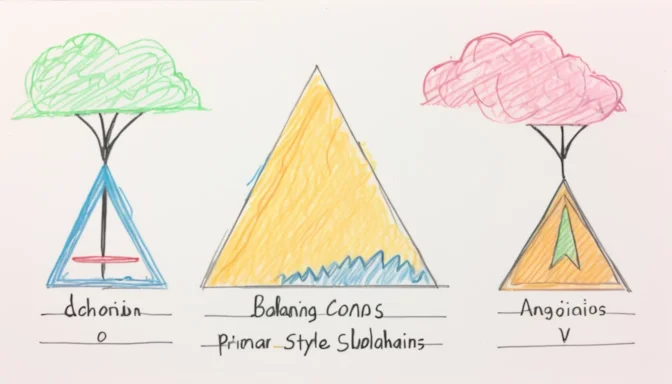What is a Subdomain? Real-World Examples

A subdomain is a prefix added to a primary domain name, helping to organize or segregate content on a website. For example, docs.themeisle.com is a subdomain of the main domain themeisle.com. Subdomains serve as separate websites under the umbrella of the primary domain.
Primary Uses of Subdomains
Subdomains are commonly used to manage extensive sections of a website that require their own content hierarchy, such as online stores, blogs, job boards, or support platforms. Essentially, a subdomain functions as a separate but related website.
Differences Between Domains and Subdomains

While a primary domain serves as the main web address for users, a subdomain is an extension of that primary domain. Both are part of the same larger domain, but they serve different purposes and are treated as separate entities by search engines.
Rules and Limitations for Creating Subdomains

The rules for subdomains dictate that each label may contain up to 63 characters and the total length of the full domain name may not exceed 253 ASCII characters. Subdomains are defined through the DNS zone file associated with the parent domain.
The SEO Impact of Subdomains

Subdomains are not inherently bad for SEO but they are crawled and ranked separately from the main domain. This could either benefit or hinder your overall domain's SEO performance, depending on your strategy.
Ownership and Control of Subdomains

If you own a primary domain, you essentially own and control the entire namespace below that domain, including any subdomains you create. This hierarchical structure of DNS gives you full control.
Subdomain vs Domain: What's the Better Choice?

Choosing between a subdomain and a primary domain depends on your specific needs. A subdomain is generally better for organizing extensive or complicated content related to your primary subject matter.
 E-Commerceo
E-Commerceo
